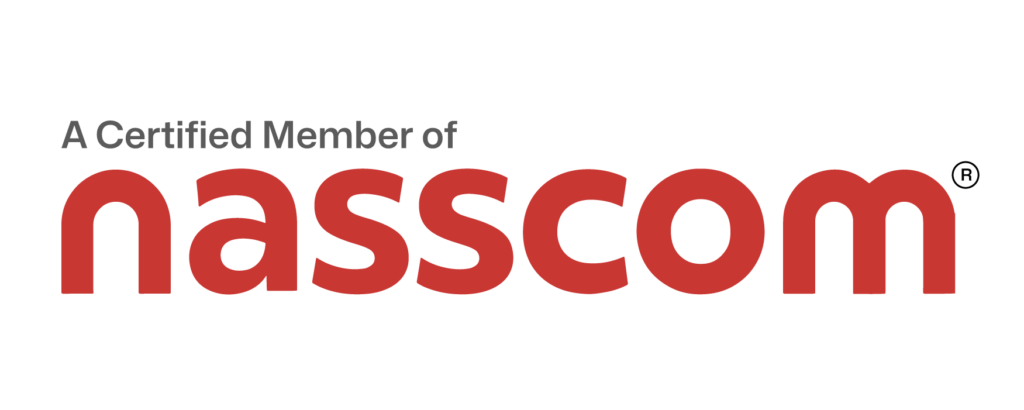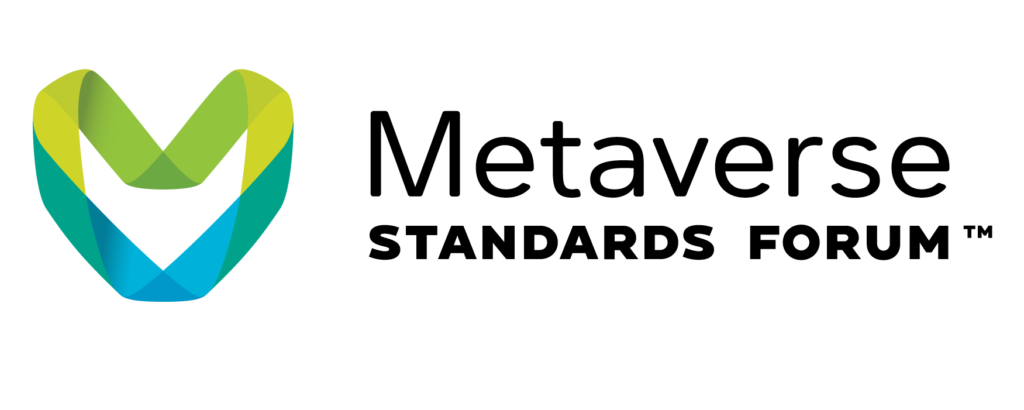Monetization Solution for XR via Blockchain
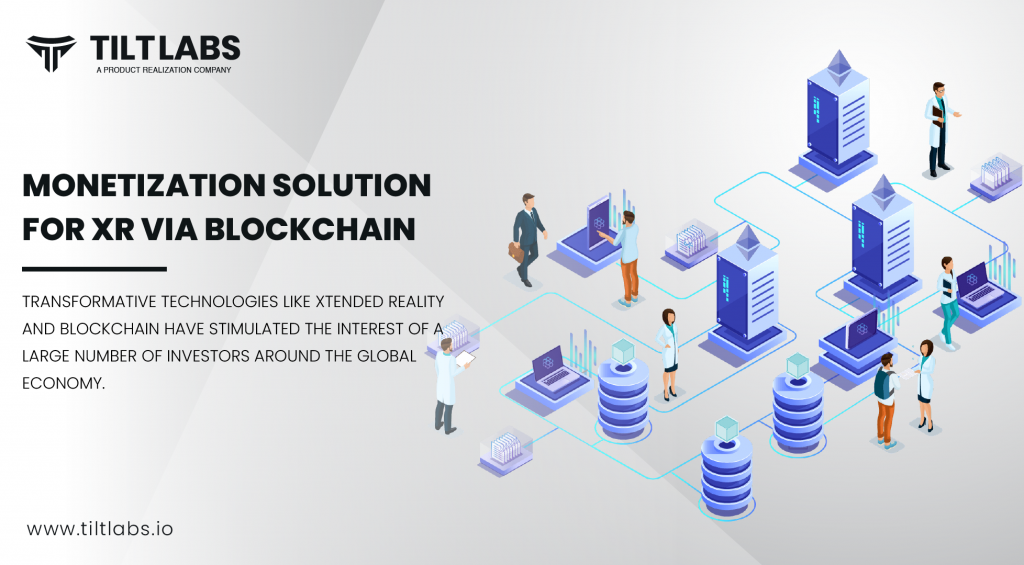
Transformative technologies like Xtended Reality and Blockchain have stimulated the interest of a large number of investors around the global economy. Whereas Blockchain appears to have little in common with XR at first appearance, there have been viable approaches to monetize XR via Blockchain. Blockchain, Virtual Reality (VR), and Augmented Reality (AR) are fast-growing technologies that have captivated industry, academia, and more recently, end-users.
Convergence of Blockchain And Xtended Reality
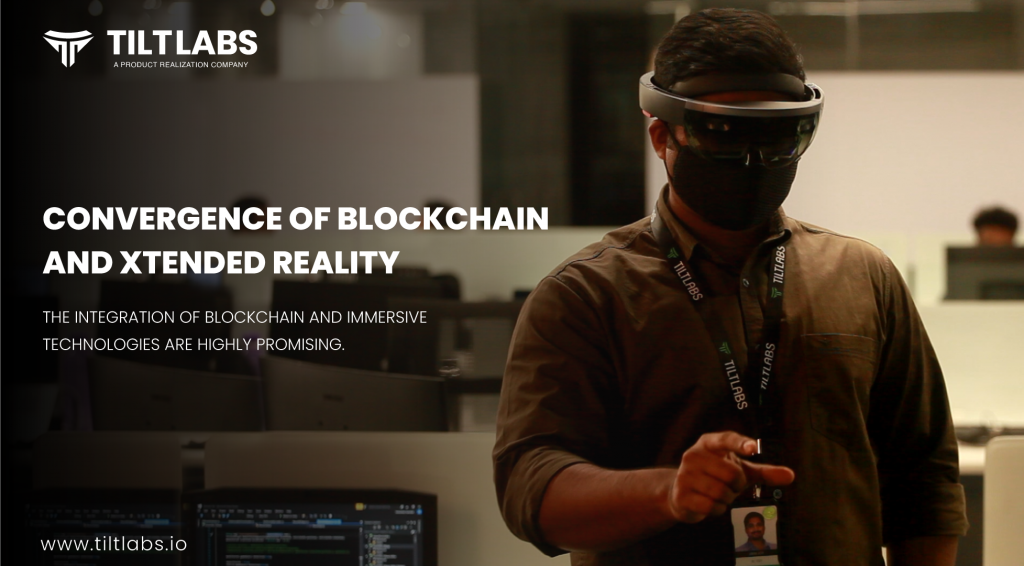
The integration of Blockchain and Immersive technologies is highly promising.
People presently enjoy different events and concerts in a far more realistic way than watching them on television by wearing head-mounted displays, all thanks to virtual reality, and here blockchain can be used as a payment method for purchasing tickets or reserving seats.
These trading activities are supported by blockchain, which creates a global economy that allows users to purchase and sell both real and digital assets without constantly worrying about currency exchange.
Vibe, an AR/VR Blockchain-based gaming platform, is one of the companies that has built its company around the underlying concept. The framework contains a first-person shooter VR game called “Vibe or Die,” in which users can score crypto-tokens by shooting other players, as well as an AR game that allows people to create and see holographic performances spanning a wide range.
Monetization of AR/VR Games
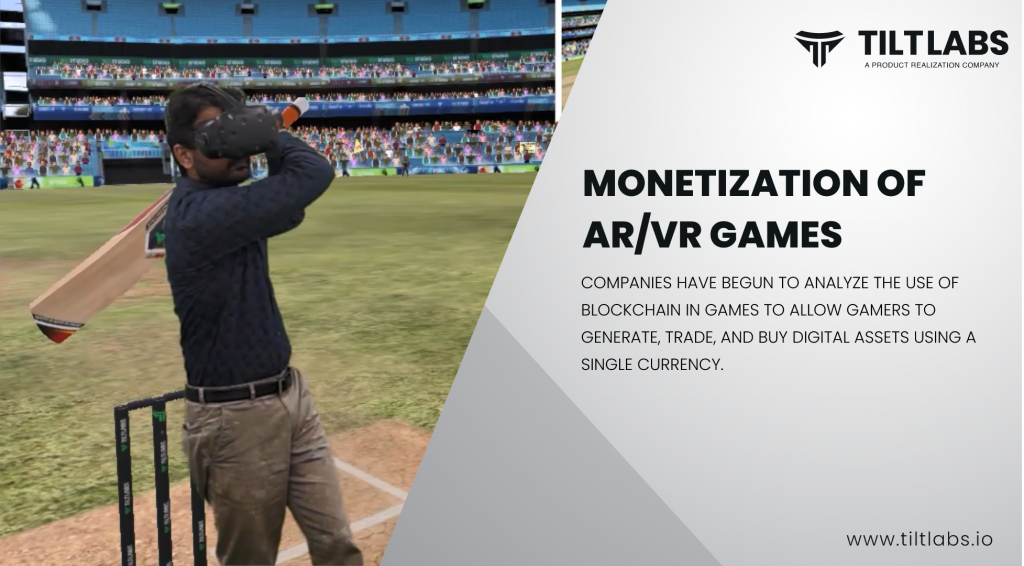
Companies have begun to analyze the use of Blockchain in games to allow gamers to generate, trade, and buy digital assets using a single currency. Indeed, assessing the money spent by gamers on the most popular platforms reveals that they are willing to pay not only for the games themselves but also for the assets that will be utilized within such games.
The example of Fortnite, a popular VR game, is illustrative. On average, 68 of 1,000 Fortnite video gamers spent $84.67 on in-game purchases. Given the large number of players, it appears that a game that is nominally free to play makes over $6.7 billion in revenue in the year 2020.
Blockchain – the common link between virtual content and currencies.
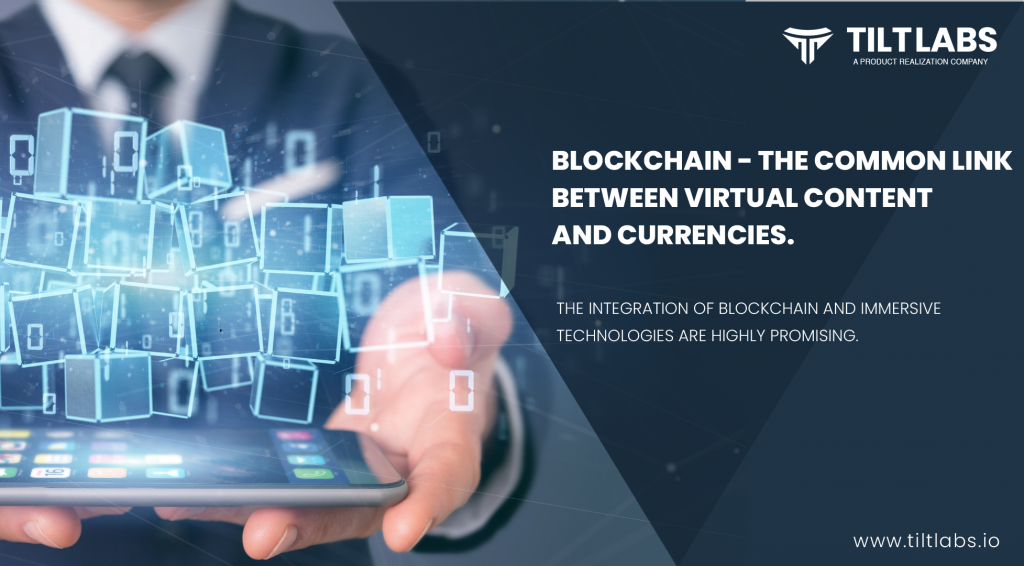
The VR ecosystem is currently scattered, which is producing challenges with compatibility between VR worlds, such as different user identities and currencies.
In this case, the blockchain serves as a bridge between two realms, offering a layer of trust and lasting identity as well as a first step toward interconnection.
Every transaction or ownership statement where there is no explicit security mechanism will be revolutionized by blockchain technology. In terms of blockchain applications, XR is a strong competitor. Multi-user virtual worlds, such as Oasis in Ready Player One, benefit from the ability to track in-world transactions and content ownership. The blockchain will be crucial for monitoring virtual content sources and ownership when the actual and virtual worlds become inextricably linked through AR devices.
Before becoming unduly enthused about any trend positioned as the next great thing, it’s vital to use critical reasoning. Despite the fact that the majority of content is now localized, there is a significant drive toward centralized platforms. Furthermore, the next generation of AR gadgets will be able to scan tangible content and virtualize it. To track ownership and provenance, we’ll need a blockchain system if we replace physical items with updated virtual ones.
According to a recent technology overview, 3D mapping and image recognition can be used to construct a realistic digital model of ourselves, voice synthesis technology can correctly duplicate the sound of our speech, and improved AI and machine learning can replicate our behaviour. For instance, we may be in a VR world amongst our friends, although when we log out, our avatar could remain intact as well communicate with our friends as if we were still there.
It also appears to be rather frightening, since one could lose control of their virtual persona. Some evil corporation, for example, could make a copy of it and utilise it for malicious purposes. That’s where Blockchain technology could prove to be really beneficial. Being able to protect our digital selves in a way that doesn’t centralise ownership and allows us to plainly audit where our digital selves are accessed will become a necessity.
Imagine a unified VR Metaverse; in order to achieve this, Blockchain technology is significant to keep track of all virtual products, rights, and credentials so that each unique application that comprises the Metaverse can accurately portray digital avatars but also allow the user to access the inventory.
Blending VR/AR educational solutions with Blockchain
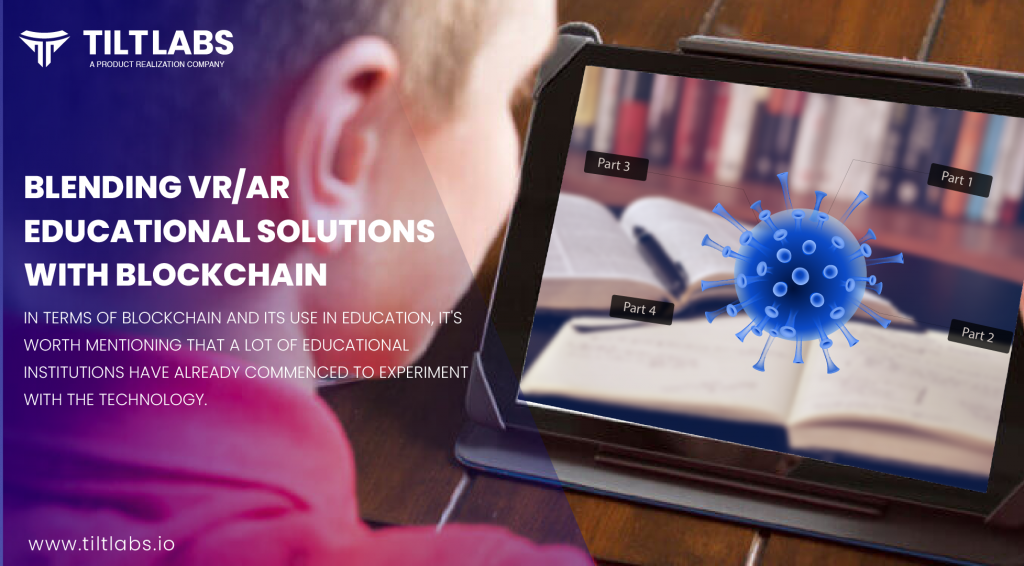
In terms of Blockchain and its use in education, it’s worth mentioning that a lot of educational institutions have already commenced experimenting with the technology.
For example, the National University of La Plata (UNLP) used Blockchain to verify academic achievements, the Holberton School in San Francisco experimented with it as a way to assist employers in verifying academic credentials, and MIT used it to deliver certificates on mobile devices.
Combining virtual reality and augmented reality education with blockchain technology could lead to new possibilities. Such as complete curriculums may be made available as immersive experiences or digital assets for augmented lectures using blockchain-based databases, which could preserve users’ identities while limiting access to authorised users and safely tracing learners’ actions.
For example, VoRtex is an educational platform that uses Blockchain and Virtual Reality to support reliable learning in virtual environments. The proposed approach employs virtual reality to generate immersive experiences in which users are free to roam around and engage with other users or educational materials. The sessions are intended to include gamification elements while also encouraging teamwork. The blockchain is used to ensure data integrity and ownership. Data such as educational materials or user-generated content, for example, is synchronised among all connected users via the Blockchain.
Generally, VR/AR is incorporated into Blockchain-based applications as enabling technologies that improve users’ interactions with digital content.
The potential benefits of integrating Blockchain into VR/AR systems, on the other hand, lay in the ability to connect digitised economies into unified platforms, where assets and payment systems can be controlled in a distinctive and convenient manner.







